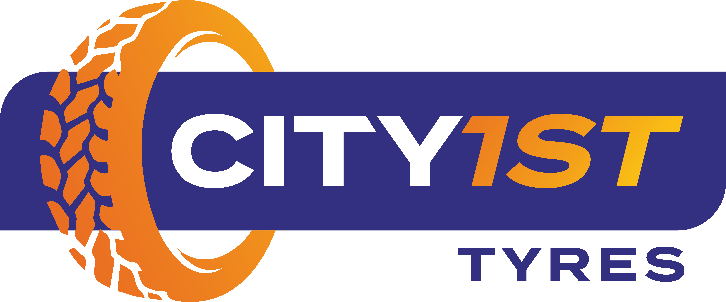Tyre Maintenance
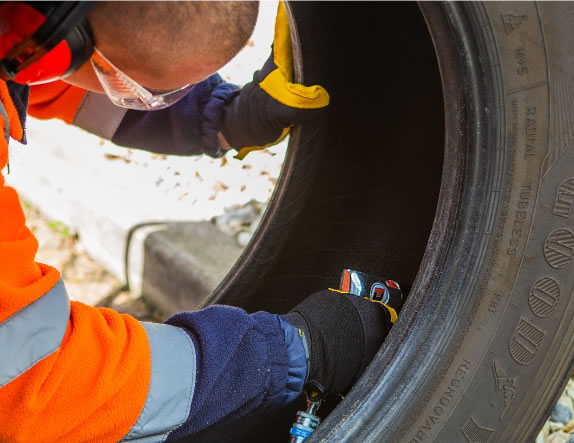
High quality repairs.
At City 1st, we understand the importance of tyre maintenance to ensure complete tyre reliability and maximum wear.
All tyres, whenever possible, will be repaired using high-quality materials and always by a qualified tyre technician, adhering to British standard BS AU159 Compliance.
We inspect all tyres for any run-flat damage or other faults, with any injuries beyond minor repair, they are sent to a specialist repair partner for a complete vulcanised repair. Before refitting, your tyres are pressure checked to increase the life of your tyre.
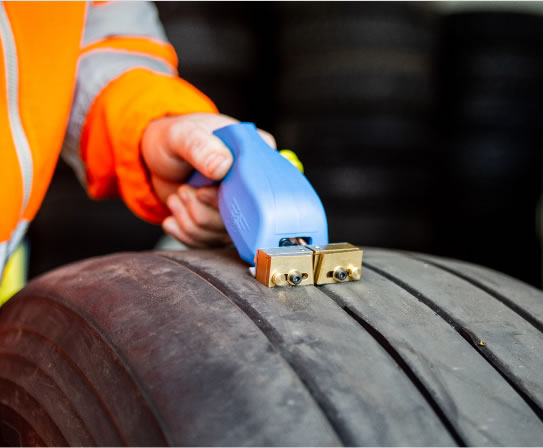
Extend tyre life
To maximise the life of any commercial truck tyre, City 1st encourage and promote regrooving, always following original tyre manufacturers strict guidelines.
Tyres are recommended to be regrooved at an optimum 3-4mm of remaining tread. By regrooving, tyre life can be extended by approximately 20-25% and rolling resistance is reduced which in turn increases fuel economy. Each worn casing is examined before regrooving, checking for any tyre defects.
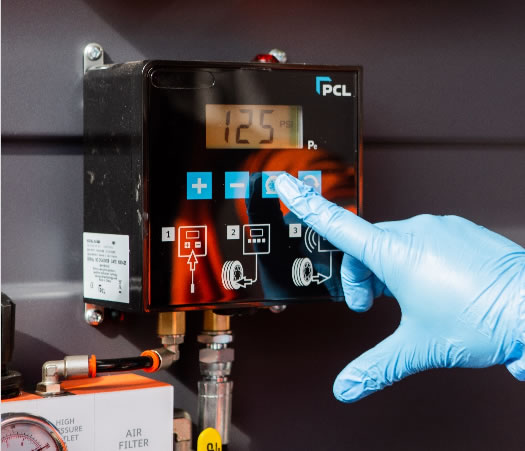
Operating at the right pressure.
Part of any tyre reliability program is ensuring the tyre is operating at the correct pressure.
At City 1st, we will look for any tyres running in a deflated or overinflated condition, with pressures taken when the tyre is cold and not at operating temperature.
UNDERINFLATION
-
Unbalanced wear
-
Higher fuel consumption
-
Risk of compound reversion and
subsequent separation
-
Bead area separations
-
Heavy rim chafing
-
Poor vehicle handling
-
Life reduction between 25%-75%
depending on the severity of
pressure drop
OVERINFLATION
-
Unbalanced wear
-
Reduced penetration and impact
fracture resistances
-
Tendency to heel and toe wear
(Especially on lug type tyres)
-
Increased vehicle damage
-
Higher risk of payload damage.
Poor vehicle handling; especially
rear axle
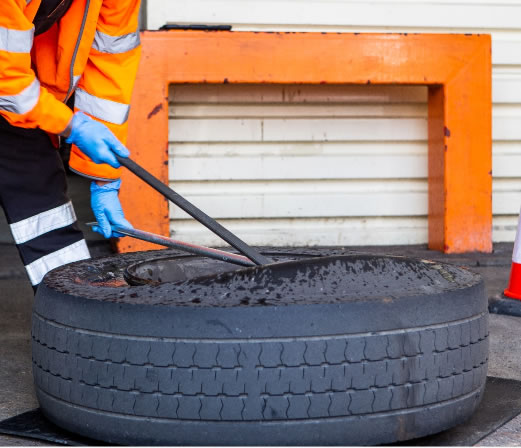
Avoid sidewall abrasion.
When we complete inspections, we will look out for tyres with shoulder wear or abrasion caused by sidewall scuffing.
We recommend turning on the rim or repositioning to maximise life. This is when a tyre is demounted and refitted after being turned so that the inner and outer lanes of tread are reversed. We highlight issues to our customers to arrange to have the vehicle alignment checked. Incorrect alignment will affect rolling resistance, fuel economy and tyre wear.
Understanding load
and speed ratings
-
31109
-
33115
-
35121
-
37128
-
40136
-
41145
-
42150
-
44160
-
46170
-
47175
-
48180
-
50190
-
51195
-
52200
-
53206
-
54212
-
55218
-
56224
-
57230
-
58236
-
59243
-
60250
-
61257
-
62265
-
63272
-
64280
-
65290
-
66300
-
67207
-
68315
-
69325
-
70335
-
71345
-
72355
-
73365
-
74375
-
75387
-
76400
-
77412
-
78425
-
79437
-
80450
-
81462
-
82475
-
83487
-
84500
-
85515
-
86530
-
87545
-
88560
-
89580
-
90600
-
91615
-
92630
-
93650
-
94670
-
95690
-
96710
-
97730
-
98750
-
99775
-
100800
-
101825
-
102850
-
103875
-
104900
-
105925
-
106950
-
107975
-
1081000
-
1091030
-
1101060
-
1111090
-
1121120
-
1131150
-
1141180
-
1151215
-
1161250
-
1171285
-
1181320
-
1191360
-
1201400
-
1211450
-
1221500
-
1231550
-
1241600
-
1251650
-
1261700
-
1271750
-
1281800
-
1291850
-
1301900
-
1311950
-
1322000
-
1332060
-
1342120
-
1352180
-
1362240
-
1372300
-
1382360
-
1392430
-
1402500
-
1412575
-
1422650
-
1432725
-
1442800
-
1452900
-
1463000
-
1473075
-
1483150
-
1493250
-
1503350
-
1513450
-
1523550
-
1533650
-
1543750
-
1553875
-
1564000
-
1574125
-
1584250
-
1594375
-
1604500
-
1614625
-
1624750
-
1634875
-
1645000
-
1655150
-
1665300
-
1675450
-
1685600
-
1695800
-
1706000
TYRE INFO GUIDE
Tyre marks explained.
These inner related markings are always shown together. They are known as the Load Index and the Speed Rating Symbol, and reference the following information:
Tyre width
Tyre width
315: The width of the Tyre in mm.
Aspect ratio
Aspect ratio
80: The height of the tyre in relation to the width
R: Radial construction
Wheel diameter
Wheel Diameter
22.5: The rim diameter in inches
Load index
156: Load index for Single Fitment
150: Load index for Dual fitment
L: The speed index, for this tyre maximum speed is 120km/Hr
Privacy Overview
| Cookie | Duration | Description |
|---|---|---|
| cookielawinfo-checkbox-analytics | 11 months | This cookie is set by GDPR Cookie Consent plugin. The cookie is used to store the user consent for the cookies in the category "Analytics". |
| cookielawinfo-checkbox-functional | 11 months | The cookie is set by GDPR cookie consent to record the user consent for the cookies in the category "Functional". |
| cookielawinfo-checkbox-necessary | 11 months | This cookie is set by GDPR Cookie Consent plugin. The cookies is used to store the user consent for the cookies in the category "Necessary". |
| cookielawinfo-checkbox-others | 11 months | This cookie is set by GDPR Cookie Consent plugin. The cookie is used to store the user consent for the cookies in the category "Other. |
| cookielawinfo-checkbox-performance | 11 months | This cookie is set by GDPR Cookie Consent plugin. The cookie is used to store the user consent for the cookies in the category "Performance". |
| viewed_cookie_policy | 11 months | The cookie is set by the GDPR Cookie Consent plugin and is used to store whether or not user has consented to the use of cookies. It does not store any personal data. |
